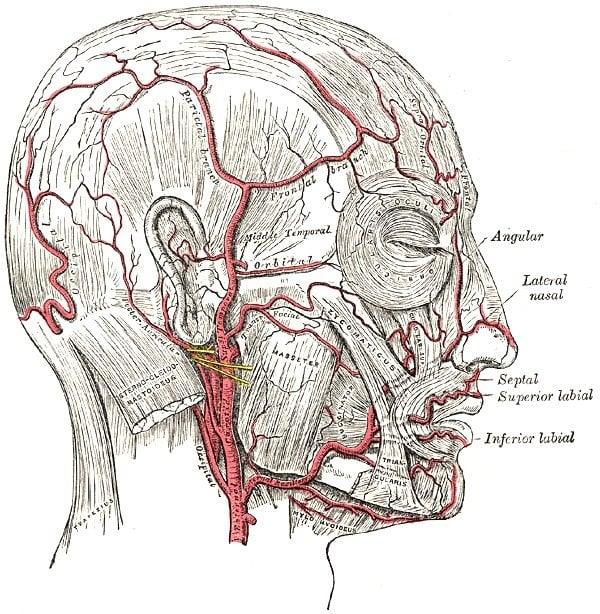Aortic arch pulse wave velocity, a measure of arterial stiffness, is a strong independent predictor of disease of the vessels that supply blood to the brain, according to a new study published in the June issue the journal Radiology.
“Pulse wave velocity from the aortic arch provides functional information about vessel compliance that may help determine a patient’s risk for cerebrovascular disease down the road,” said Kevin S. King, M.D., assistant professor of radiology at UT Southwestern Medical Center in Dallas.
Recent studies have shown an association between aortic stiffness and cerebrovascular disease. Dr. King and colleagues set out to evaluate the relationship between aortic arch pulse wave velocity and subsequent cerebral microvascular disease, independent of other cardiovascular risk factors, among 1,270 participants in the multiethnic Dallas Heart Study.

Aortic arch pulse wave velocity was measured with phase-contrast magnetic resonance imaging (MRI). Seven years later, the volume of white matter hyperintensities was determined using brain MRI. White matter hyperintensities, which appear as bright spots on brain MR images, are associated with accelerated motor and cognitive decline, Alzheimer’s disease, stroke and death.
The researchers also analyzed 15 other cardiovascular risk factors, as well as age, gender and ethnicity, as predictors of white matter hyperintensities.
The results showed that aortic arch pulse wave velocity helped predict white matter hyperintensity volume, independent of the other demographic and cardiovascular risk factors. The researchers estimated that a one percent increase in aortic arch pulse wave velocity (in meters per second) is related to a 0.3 percent increase in subsequent white matter hyperintensity volume (in milliliters) when all other variables are constant.
“Our results demonstrate that aortic arch pulse wave velocity is a highly significant independent predictor of subsequent white matter hyperintensity volume and provides a distinct contribution—along with systolic blood pressure, hypertension treatment, congestive heart failure and age—in predicting risk for cerebrovascular disease,” Dr. King said.
Notes about this neuroimaging and vascular disease research
“White Matter Hyperintensities: Use of Aortic Arch Pulse Wave Velocity to Predict Volume Independent of Other Cardiovascular Risk Factors.” Collaborating with Dr. King were Ke Xun Chen, B.S., Keith M. Hulsey, Ph.D., Roderick W. McColl, Ph.D., Myron F. Weiner, M.D., Paul A. Nakonezny, Ph.D., and Ronald M. Peshock, M.D.
Contact: Linda Brooks – Radiological Society of North America
Source: Radiological Society of North America press release
Image Source: The vascular anatomy image is credited to Gray’s Anatomy and is available in the public domain.
Original Research: Abstract for “White Matter Hyperintensities: Use of Aortic Arch Pulse Wave Velocity to Predict Volume Independent of Other Cardiovascular Risk Factors” by Kevin S. King, Ke Xun Chen, Keith M. Hulsey, Roderick W. McColl, Myron F. Weiner, Paul A. Nakonezny, and Ronald M. Peshock in Radiology. Published online February 7 2013 doi: 10.1148/radiol.13121598







